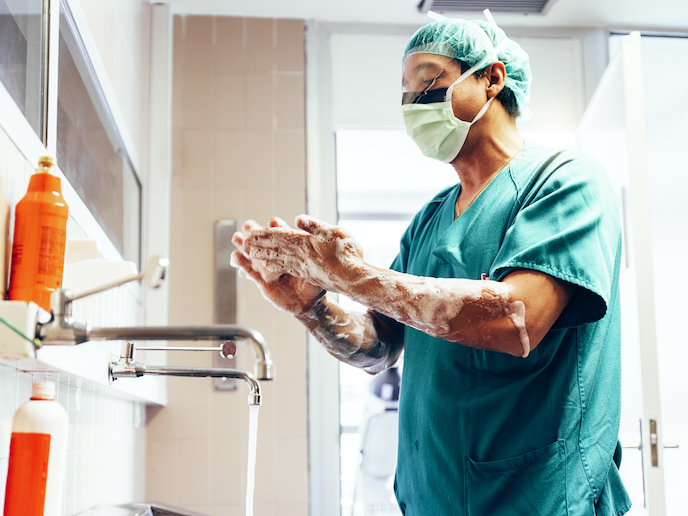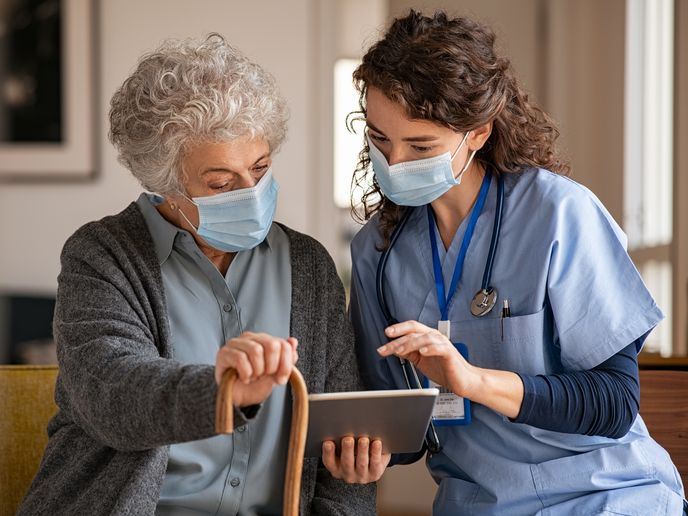Preventing the spread of infection in neonatal intensive care units
Staff and patients are in close contact, so hospitals are particularly vulnerable to the transmission of bacterial and viral infections – so-called hospital-acquired infections (HAIs). It is estimated that 10 % of all hospital admissions and 30 % of neonatal intensive care unit admissions are affected by HAIs. In general, the average length of stay increases from around 5 days to more than 20 days for HAI cases. With handwashing one of the most effective means of controlling infections, the EU-supported COSA project used computer vision algorithms to develop effective containment measures. “Our autonomous system is superior to most hand-hygiene surveillance systems. It is preventative rather than only detecting poor hand hygiene later,” explains Onur Özcan, project coordinator. EU funding enabled the team to complete a feasibility study at the Pendik Research and Application Hospital in Turkey. This confirmed that, while infection control was vital, widespread rollout would require governmental support.
Monitoring hygiene
There are problems with most of the current methods for encouraging good hand hygiene. Training, while effective, is resource-heavy, with many trainees reverting to habit. Advisory materials such as posters are insufficient to ensure compliance. Electronic tags worn by staff and attached to disinfectant stations to register handwashing are obviously limited only to certain locations. Where the COSA system differs is that it actively detects, in real time, whether healthcare staff have clean hands or not when they approach patients. It does this through strategically positioned sensors (mostly daylight cameras). These areas include by the patient bedside or in incubator zones. The system’s computer vision algorithm uses the sensors to detect if anyone approaching a patient has washed or disinfected their hands before contact. Crucially, the system sends alerts, for example to a head nurse, if the protocol has not been followed. A prototype has been lab tested, resulting in an accurate detection rate for compliance and non-compliance of over 90 %. Testing the system within the Pendik Research and Application Hospital is pending approval from their ethics committee. “Throughout the prototype development, we consulted healthcare personnel about methodology and features. Many showed great interest and belief that COSA will benefit the whole healthcare system. Trials in clinical environments will give us quantifiable data about the extent to which COSA increases hand hygiene,” says Özcan.
Reducing hospital stays and costs
Annually around 4 million EU citizens fall victim to HAIs, resulting in around 150 000 deaths. At the same time, healthcare costs are increasing steadily in Europe. A recent report by UNICEF found that nearly 30 million babies are born prematurely, too small, or become sick every year. They need specialised care to survive. The same research reports that in 2017 some 2.5 million newborns died, mostly from preventable causes. “COSA has the potential to not only prevent some of these mortalities, but also reduce the length of hospital stays and treatment costs,” adds Özcan. Research shows that increasing compliance with hand hygiene protocols from 48 % to 66 % reduces infection rates from 16.9 % to 9.9 %. The aim of the COSA project is to achieve compliance rates of 70-80 %. While the intended rollout date of the COSA system has been delayed due to COVID-19, which makes it more relevant than ever, the team are continuing to develop the system. They are investigating cheaper components, along with more efficient designs and better algorithms, while also strengthening data security and privacy protocols.
Keywords
COSA, COVID-19, hand hygiene, handwashing, hospital, infection, baby, intensive care unit, computer vision, monitoring







